August sees a bit of a turning point in the year. While we humans may think of it as the peak of the summer holidays, it is effectively the start of autumn for many birds. So, it can be a great time to look for a few crackers, like these five.
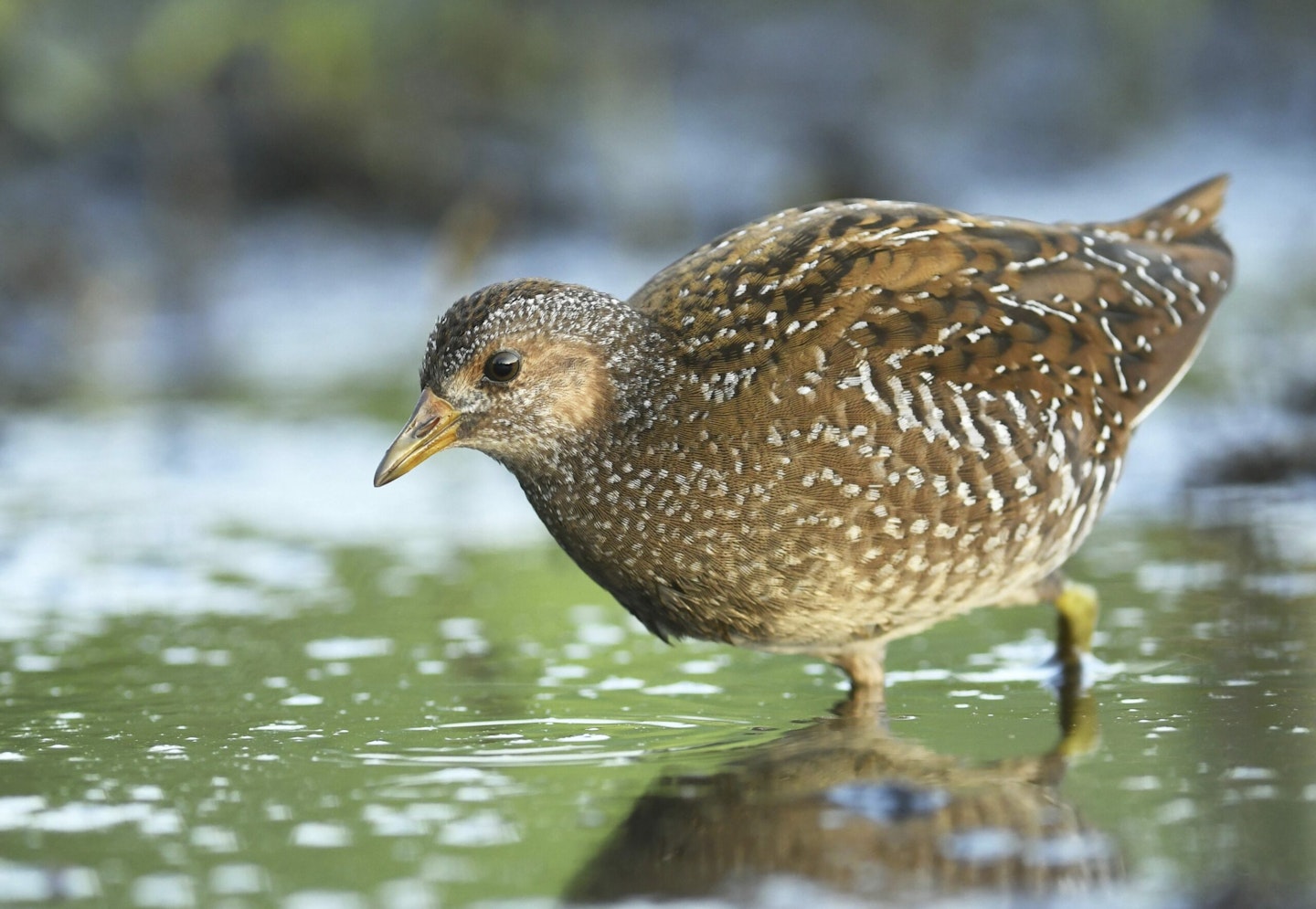
Spotted Crake
The Spotted Crake is one of the UK’s most mysterious birds. They are regular British breeders, with official stats suggesting there are about 30 singing males, annually, spread very widely (though thinly) across the country. But, as this ‘singing’ takes place mainly in the middle of the night in often quite obscure, seldom-visited (especially at night) wetlands, they are probably under-recorded. They are also not the sort of bird you see casually, during the breeding season (these short-winged crakes, about the size of a Water Rail are summer visitors), as they are secretive marshland birds, which only need a few inches of plant growth to remain concealed. Come August, though, juveniles start to appear at the edge of reedbeds where Water Rails sometimes feed. So, Look for a short-billed, white-spotted version of a Water Rail at a favourite reed-fringed site near you!
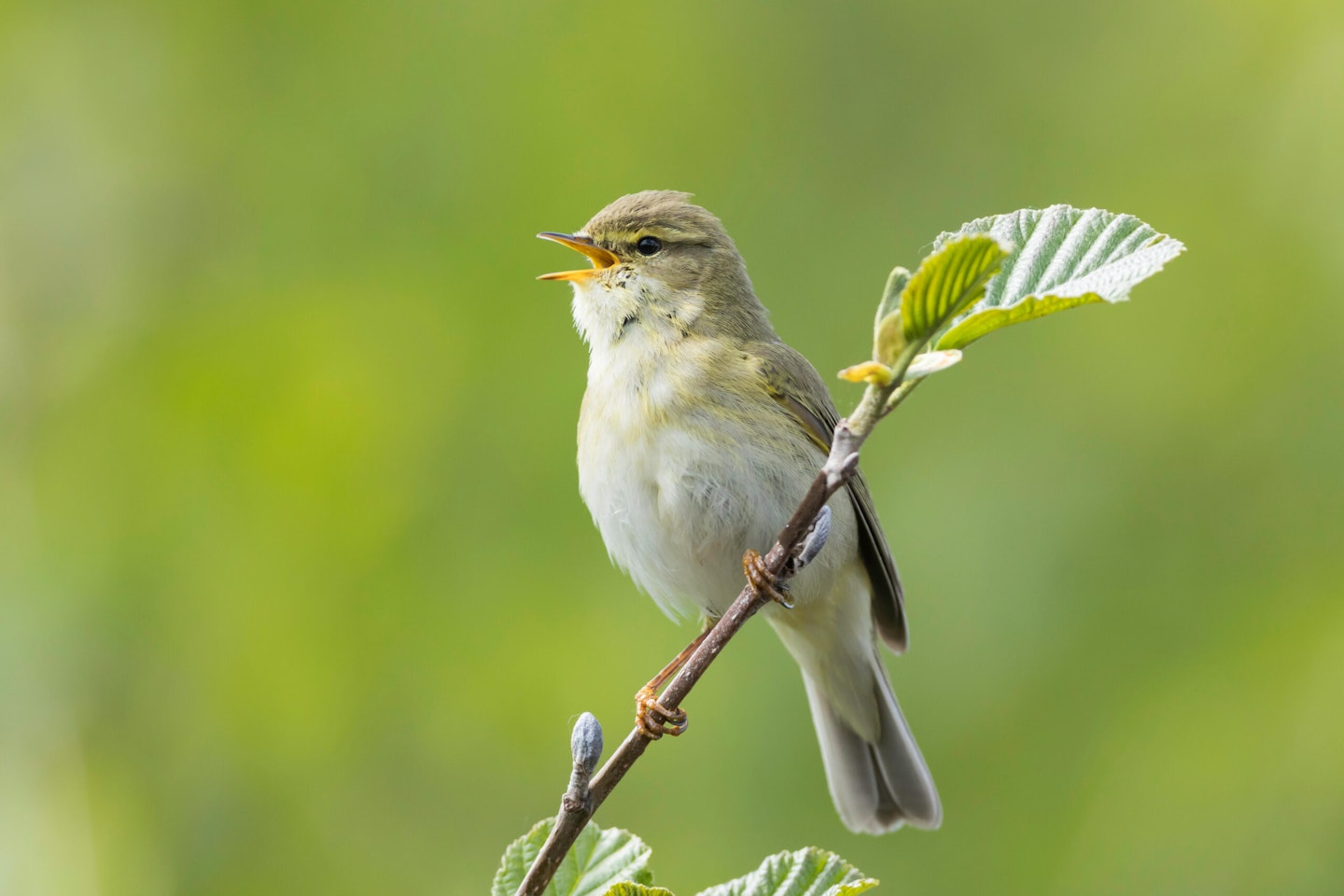
Juvenile Willow Warbler
One of the hardest British ID challenges is separating Chiffchaff and Willow Warbler. In late summer and early autumn it is a little easier, though, especially with juvenile/first-winter birds. Young chiffchaffs tend to look a bit scruffy, while young Willow Warblers usually look very neat indeed and usually have very bright yellow underparts (not Yellow Wagtail bright yellow, but bright by warbler standards). They are longer winged and less included to repeatedly tail-dip than Chiffchaffs.
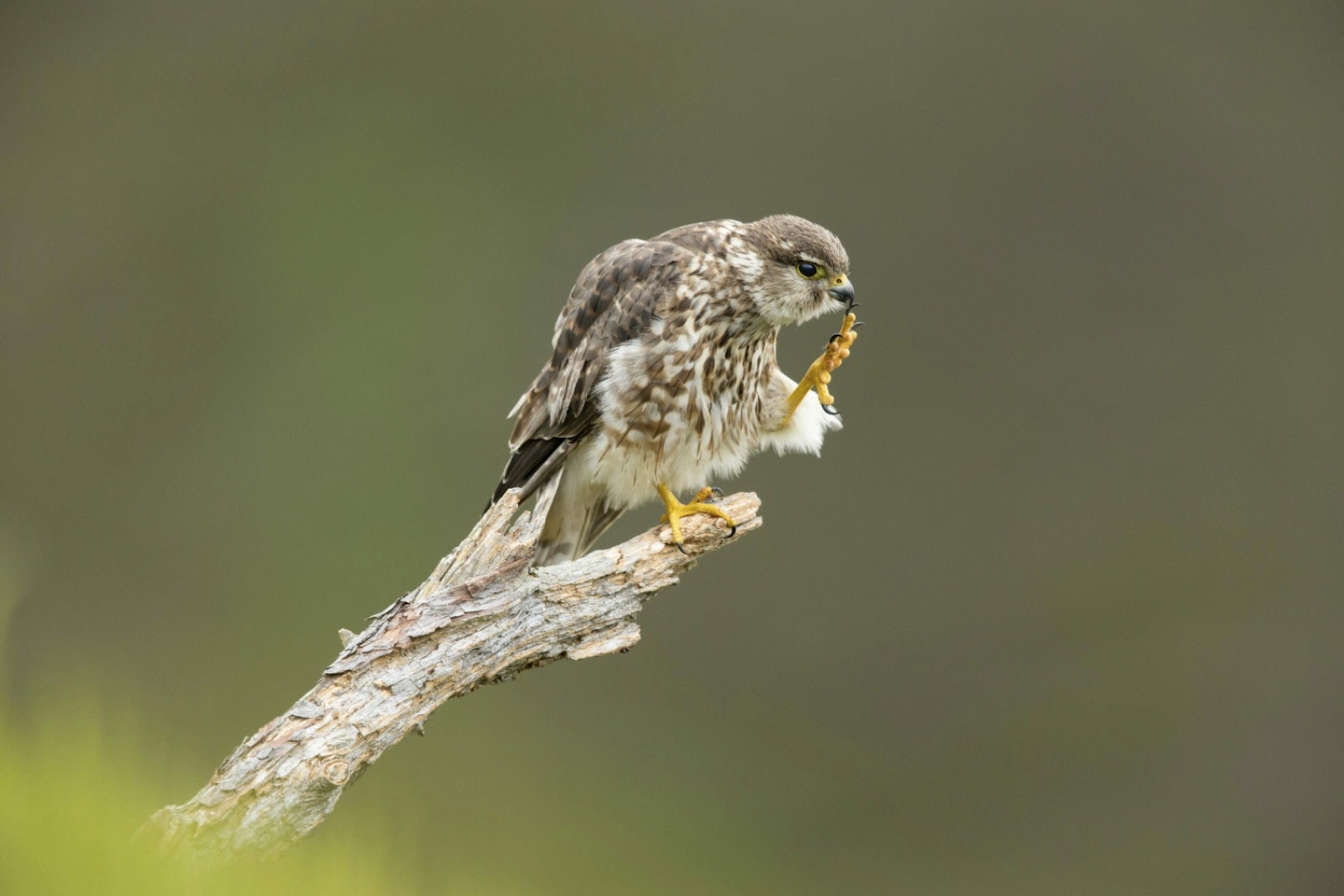
Merlin
Many of us in the lowlands and the south and east of the country think of the Merlin as a ‘winter visitor’ from the uplands and the north and west. And this is true to a large extent. But their ‘dispersal’ to lower country starts earlier than you may think, and Merlins can turn up in August at places which would be traditionally thought of as wintering territories. So, it is possible to enjoy Hobbies and Merlins at the same time. Hobbies mainly eat insects, while the smaller, more dashing Merlin is a small bird specialist. Most have plumage resembling adult females (being young birds or indeed adult females), which are cold brown above, well streaked below and usually have a strong and obvious pale (creamy) supercilium (‘eyebrow’).
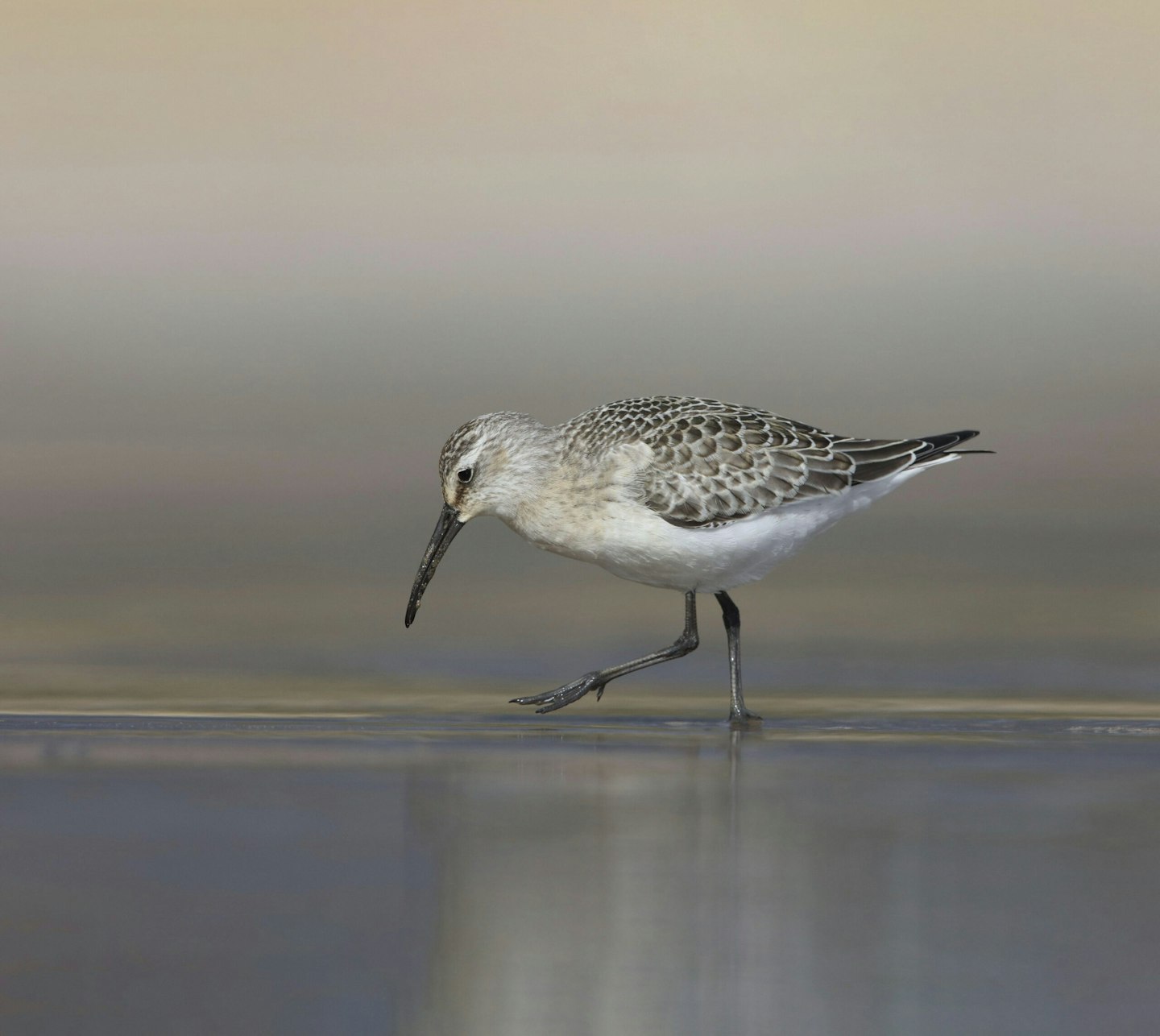
Curlew Sandpiper
As we never tire of stating, juvenile waders can be the equal or surpassing breeding adults in their neat plumage. The Curlew Sandpiper is one such bird. Yes, adults are very lovely in deep red, but by late summer they can look a bit moulty, worn and patchy. Juvenile Curlew Sandpipers, though are very handsome and clean and tidy looking waders. Though they are often confused with juvenile Dunlins, the latter are smaller, dumpier and always have some black streaking on the flanks (and a dark rump). White-rumped Curlew Sandpipers are taller, with streak-free flanks and often a peachy wash to the upper breast.
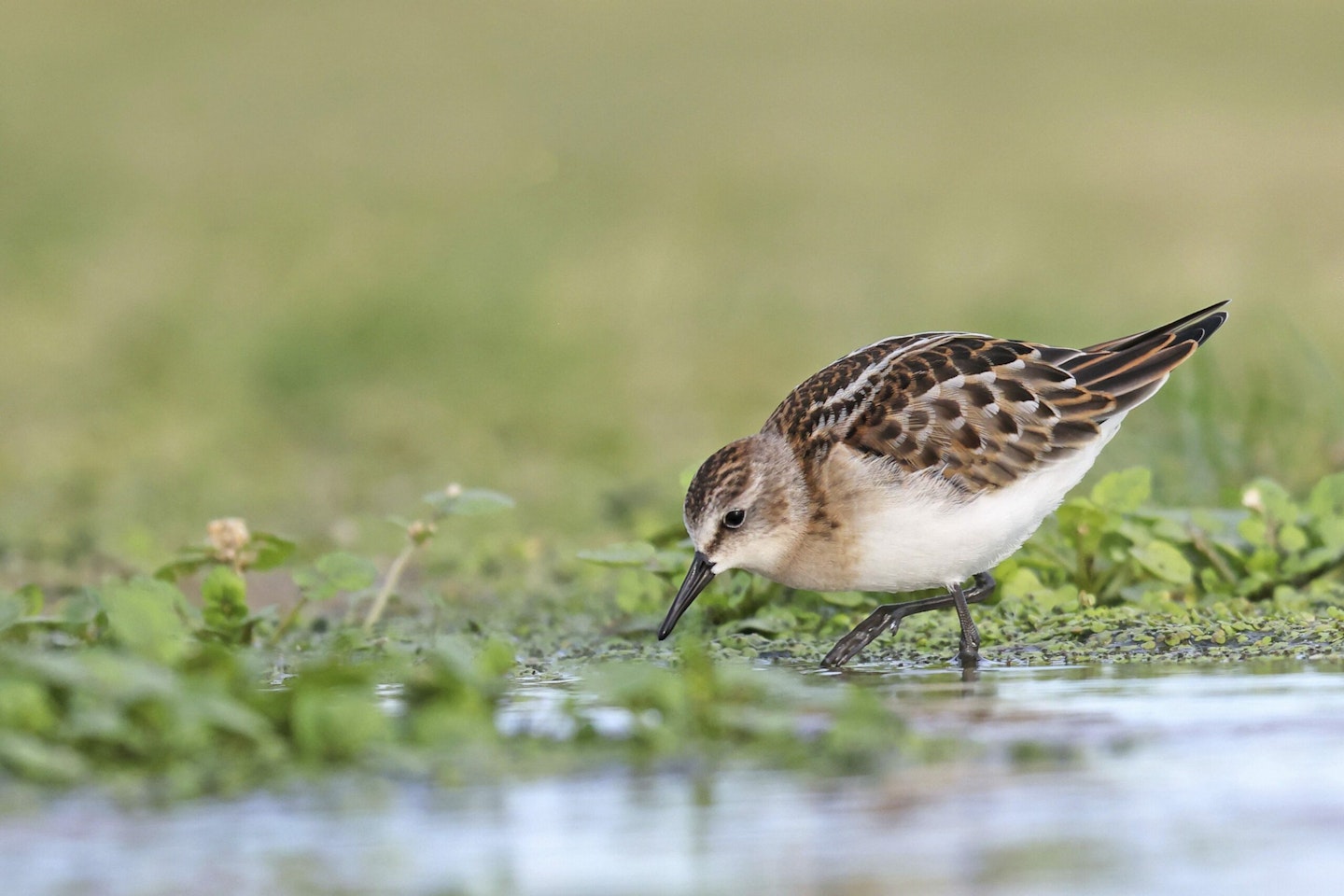
Little Stint
Like the juvenile Curlew Sandpiper the tiddly Little Stint has a very handsome juvenile plumage. Most Little Stints we see in late summer and autumn are juveniles and they are truly tiny birds, racing around in mixed wader flocks making Dunlins look ‘big’. Look for the small size, the white ‘Vs’ on the back, the short bill and the ‘split supercilium’. One of the great treats of late summer.
